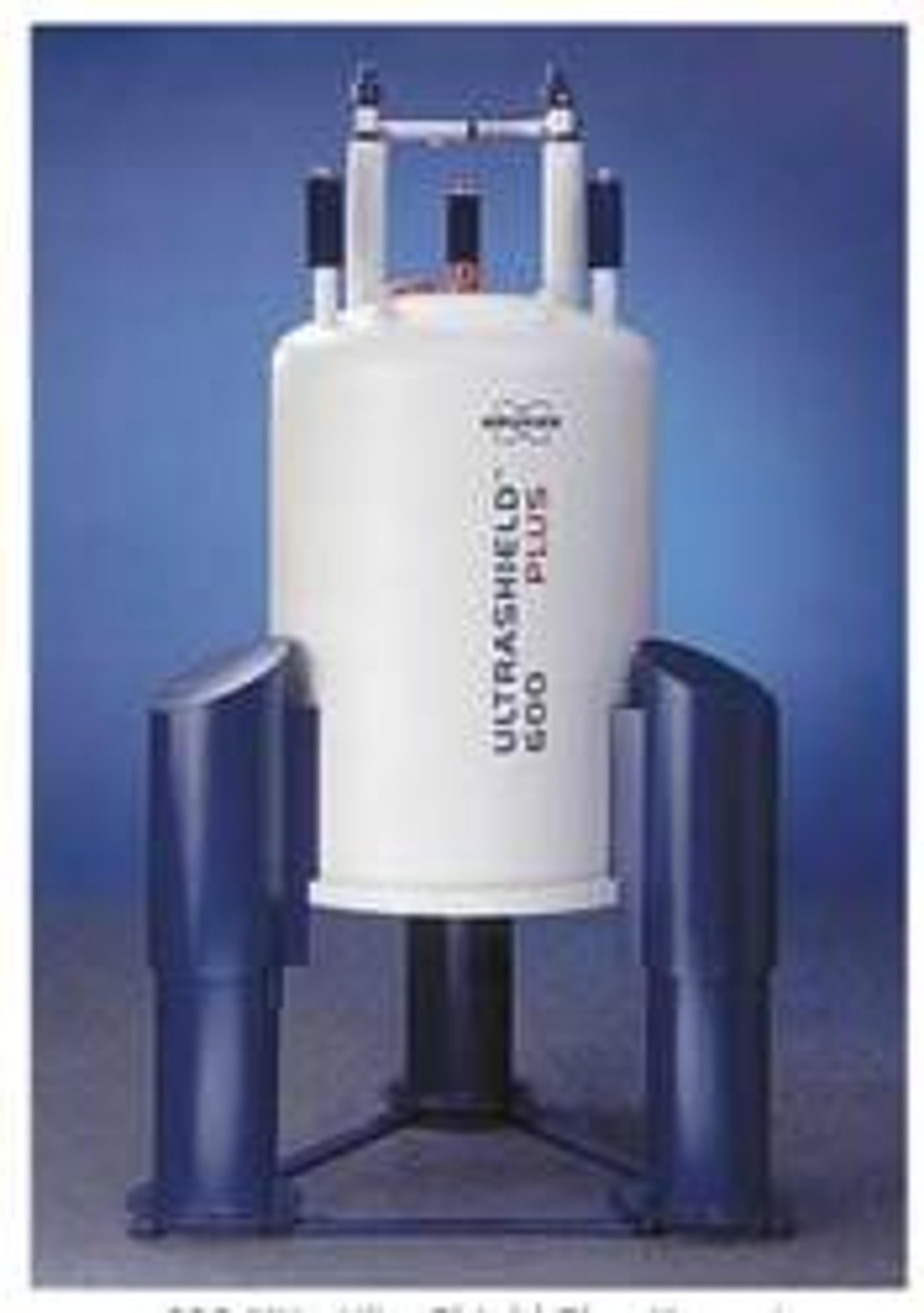Max Planck expert reveals how he uses NMR to untangle the structure of disordered proteins in Alzheimer's disease
Prof. Christian Griesinger discusses the advantages of using ultra-high field nuclear magnetic resonance spectroscopy to investigate the structure of IDPs and his hopes for the future
21 Jan 2020

As many intrinsically disordered proteins (IDPs) are often associated with disease, an understanding of their structure is important in allowing scientists to explore and interfere with their possible malfunction. In an interview with The Scientists’ Channel, Professor Christian Griesinger, Head of NMR-Based Structural Biology at the Max Planck Institute for Biophysical Chemistry, discusses his work using ultra-high field nuclear magnetic resonance (NMR) spectroscopy to investigate IDPs. Griesinger also outlines the advantages of this method and looks ahead to a ‘revolution’ in what can be achieved in drug development.
SS: Tell us a bit about your area of research and the importance of studying IDPs
CG: Intrinsically disordered proteins make up about 30-40% of expressed proteins in all mammalian systems. IDP structure is always related to function, whilst also playing a significant role in disease. In order to be able to interfere with IDP function or malfunction, it's of utmost importance to study their structure. We have been studying the structural biology of IDPs, specifically alpha-synuclein, using NMR spectroscopy. NMR offers high sensitivity and resolution, allowing us to investigate complex, disordered regions of IDPs.
SS: What did your results find?
We found that oligomers are the main toxic species and investigated how we could interfere with the aggregation and formation of these oligomers. To explore this further, we collaborated with Armin Giese from Ludwig Maximilian University of Munich. Together, we developed the molecule, anle138b, which successfully interfered with oligomer pulses and detoxified oligomers. We have successfully demonstrated this in clinical models, and now ready to run these experiments in clinic.
SS: Why use ultra-high NMR spectroscopy in IDP research?
CG: We are currently using ultra-high field NMR spectroscopy for structural investigations. Ultra-high field NMR spectroscopy relies on both high sensitivity and resolution.
We developed the molecule, anle138b, which successfully interfered with oligomer pulses and detoxified oligomers.
Prof. Christian Griesinger Max Planck Institute for Biophysical Chemistry
These two parameters define whether one can effectively solve a structural problem. Ultra-high field NMR allows us to resolve the overlapping spectra found in many complex and high IDPs. For this reason, ultra-high field is essential for many of our projects. There are other structural biology methods available, such as crystallography and cryo-electron microscopy. These methods require a crystal or frozen sample, which is not necessary for NMR.
SS: What’s the next step?
We expect a revolution by going to higher fields, making the step to go from 950 to 1.2 GHz. We are confident that this will improve our ability to study faster kinetics and paramagnetic effects, whilst resolving spectra more effectively. We hope to find out why anle138b or brother compounds can detoxify oligomers. We also aim to investigate signal transduction processes, and with high resolution, be able to describe the different conformations adopted by these molecules.
SS: What do you hope to achieve as part of your IDP research?
We hope to even better understand intrinsically disordered proteins in drug development. Our next step is exploring why and how the anle138b detoxify these oligomers. To investigate this, we now have a project to explore IDP aggregates in membranes, with anle138b.


